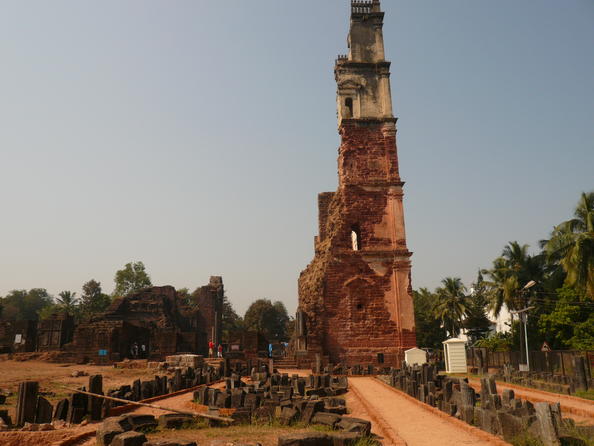- About Us
- Schemes
- Culture Scheme Dashboard
- Scheme of Financial Assistance for Promotion of Art and Culture
- Financial Assistance to Cultural Organizations with National Presence
- Cultural Function and Production Grant(CFPG)
- Financial Assistance for Preservation and Development of Cultural Heriatge of the Himalayas
- Financial Assistance for Development of Buddhist/Tibetan Arts and Culture
- Financial Assistance for Cultural Activities in Performing Arts for Building Grants Including Studio Theatres
- Financial Assistance for Allied Cultural Activities
- Financial Assistance for Promotion of Guru-Shishya Parampara (Repertory grant)
- National Mission on Libraries
- Financial Assistance for Construction of Tagore Cultural Complexes(TCC)
- Scheme of Financial Assistance under Seva Bhoj Yojna
- Scheme of Scholarship and Fellowship for Promotion of Art and Culture
- Museum Grant Scheme
- Scheme for Financial Assistance for Veteran Artists
- Scheme for Promotion of Culture of Science (SPOCS)
- Scheme for Safeguarding the Intangible Cultural Heritage
- Global Engagement Scheme
- Indian Conservation Fellowship Program (ICFP)
- Centenary and Anniversary Celebrations Scheme
- Mission
- ICR
- Commemorations
- CSL
- G20 CWG
- Contact Us
Churches and Convents of Goa

Churches and Convents of Goa
Goa
These monuments of Goa exerted great influence in the 16th-18th centuries on the development of architecture, sculpture, and painting by spreading forms of Manueline, Mannerist and Baroque art throughout the countries of Asia where Catholic missions were established. In so doing they illustrate the work of missionaries in Asia.
The Portuguese explorer Alfonso de Albuquerque conquered Goa in 1510 and the Portuguese ruled the territory until 1961. The colony of Goa, which has its centre in Old Goa, became the capital of the vast eastern Portuguese Empire, sharing the same civic privileges as Lisbon. By 1635, the successive waves of Europeans brought about the inevitable decline of Goa.
In 1542 the Jesuits, who were driven by the ardour of medieval crusaders, arrived in the city and Francis Xavier, one of the founders of the Society of Jesus, rapidly became the patron saint of Goa. The churches in Old Goa aimed to awe the local population into conversion and to impress upon them the superiority of the foreign religion. The facades were accordingly made tall and lofty and the interiors were magnificent, with twisted Bernini columns, decorated pediments, profusely carved and gilded altars, and colourful wall paintings and frescoes.








